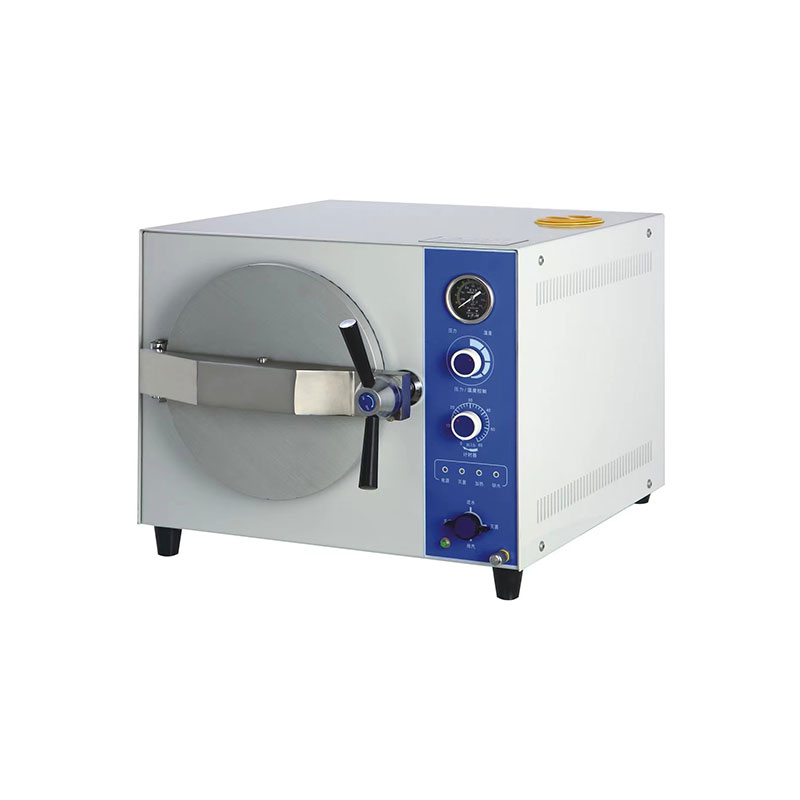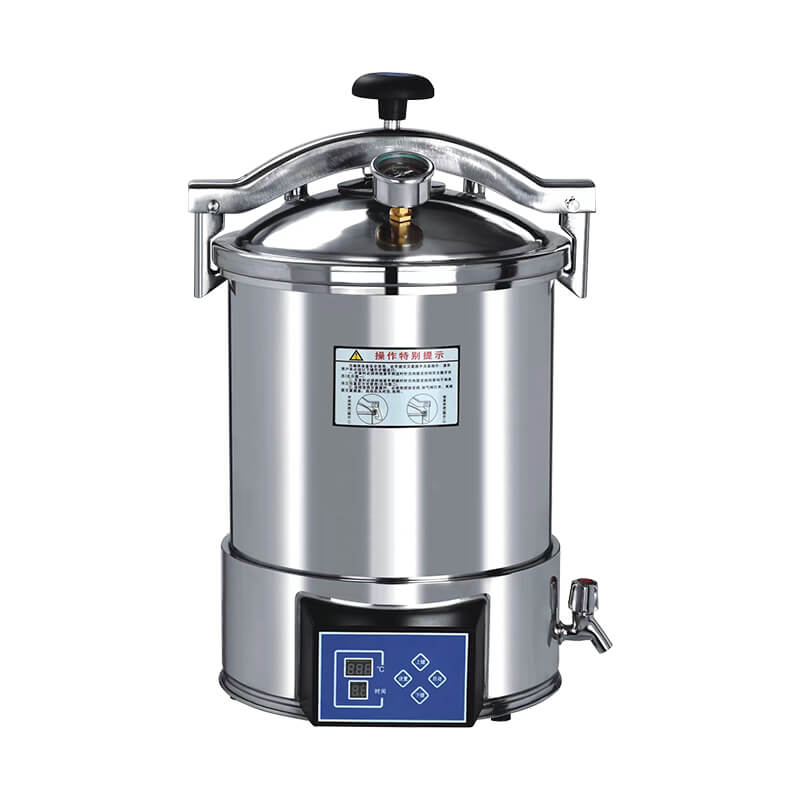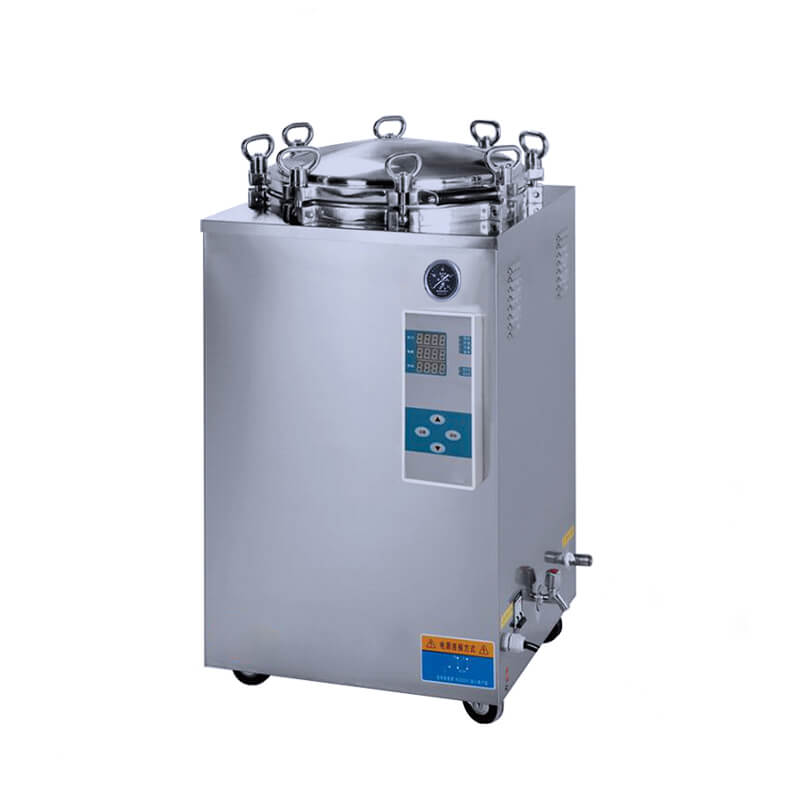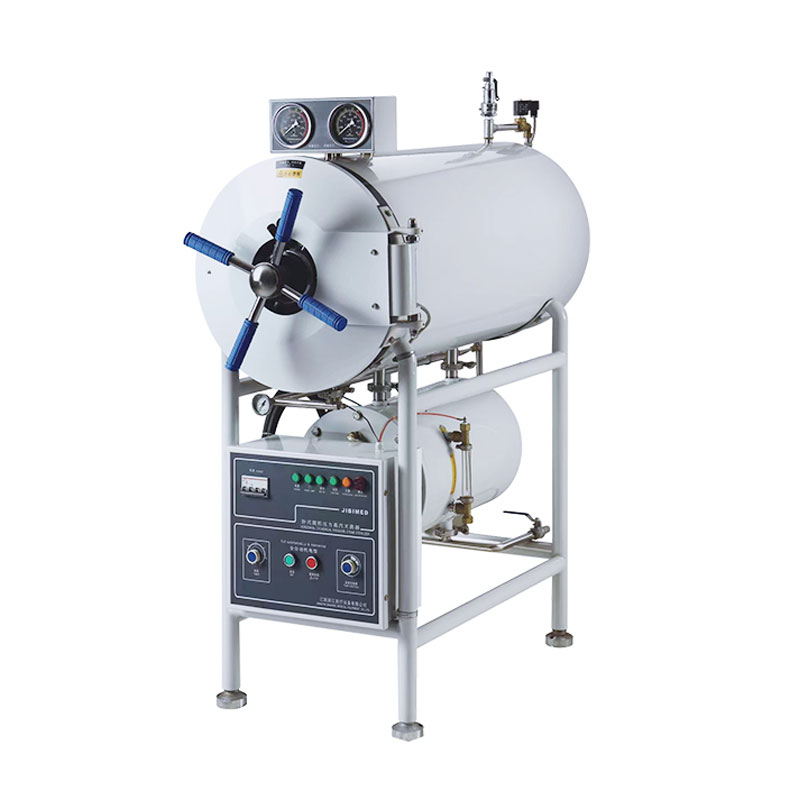- Prepare the substrate: The mushroom substrate typically consists of organic materials such as sawdust, straw, or compost. Mix the substrate ingredients according to the desired recipe or mushroom species requirements.
- Fill sterilization bags: Fill autoclave-safe bags or containers with the substrate mixture. Ensure the bags are not overfilled to allow for proper steam circulation during autoclaving.
- Seal the bags: Seal the bags using a heat sealer or autoclave-safe closures to prevent contamination during sterilization.
- Load the autoclave: Place the sealed bags of substrate into the autoclave chamber, ensuring they are spaced apart to allow steam to penetrate evenly.
- Add water: Add distilled or sterilized water to the autoclave chamber to generate steam. The amount of water added should be sufficient to produce the required steam pressure.
- Set autoclave parameters: Set the autoclave parameters based on the type of substrate and mushroom species. This includes the temperature, pressure, and sterilization time. Commonly, temperatures of around 121°C (250°F) at a pressure of 15 psi are used for mushroom substrate sterilization.
- Start the autoclave: Begin the autoclave cycle and allow the sterilization process to commence. The autoclave will heat the chamber, generating steam and maintaining the desired pressure and temperature for the specified duration.
- Cooling and ventilation: Once the sterilization cycle is complete, allow the autoclave to cool down before opening the chamber. Proper ventilation is essential to prevent condensation and potential contamination when removing the bags.
- Incubation: After sterilization, the substrate bags can be inoculated with mushroom spores or mycelium. Follow the specific instructions for your mushroom species regarding inoculation techniques and incubation conditions.
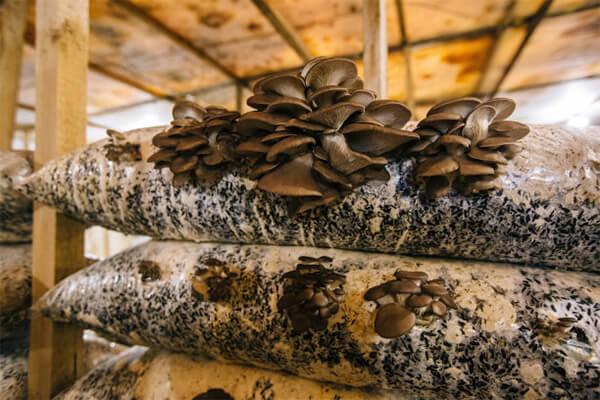
autoclave mushroom
Note: It’s important to refer to specific mushroom cultivation guides or consult with experienced growers for precise instructions on sterilization and cultivation techniques as they may vary depending on the mushroom species and substrate composition.
Why Autoclave is The Best Method of Sterilization
Autoclaving stands out as a highly effective method of sterilization for several reasons: 1.Comprehensive Microbial Elimination: Autoclaves use high-pressure steam, typically at temperatures above 121°C
Why is autoclaving done for 15 minutes?
The reason high-pressure sterilization typically takes 15 minutes or more is to ensure the thorough elimination of various microorganisms, including bacteria, viruses, fungi, and spores.
How an Autoclave Works
The high-pressure sterilizer functions based on a fundamental principle that leverages elevated temperature and pressure to achieve potent disinfection. Here’s a simplified explanation of its
How to clean autoclave monthly
Regularly cleaning and maintaining the high-pressure sterilizer each month is essential to ensure its proper functioning and effectiveness in disinfection. Here are the general steps
How Does an Autoclave Work
A high-pressure sterilizer operates by placing objects within a sealed chamber and introducing high-temperature, high-pressure steam. The working process can be summarized in the following
What is Autoclave Sterilization
High-pressure sterilization is a process that utilizes high-pressure steamand elevated temperatures to eliminate microorganisms on the surface and withinan object. In this procedure, the object

